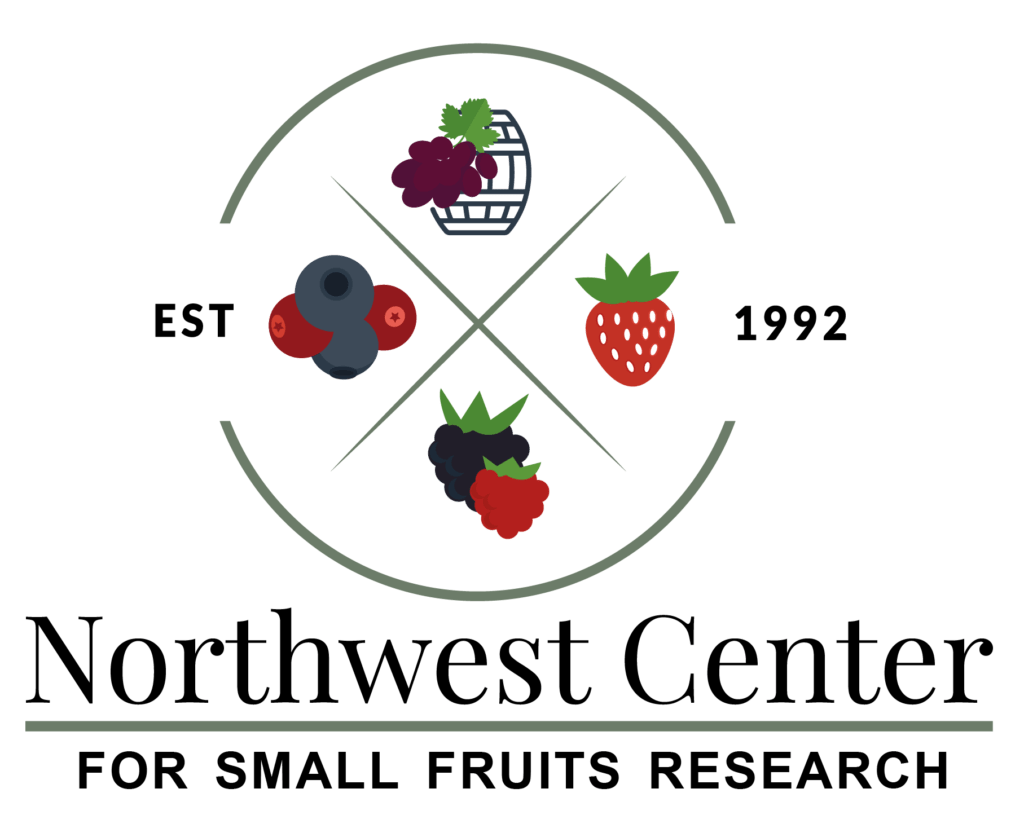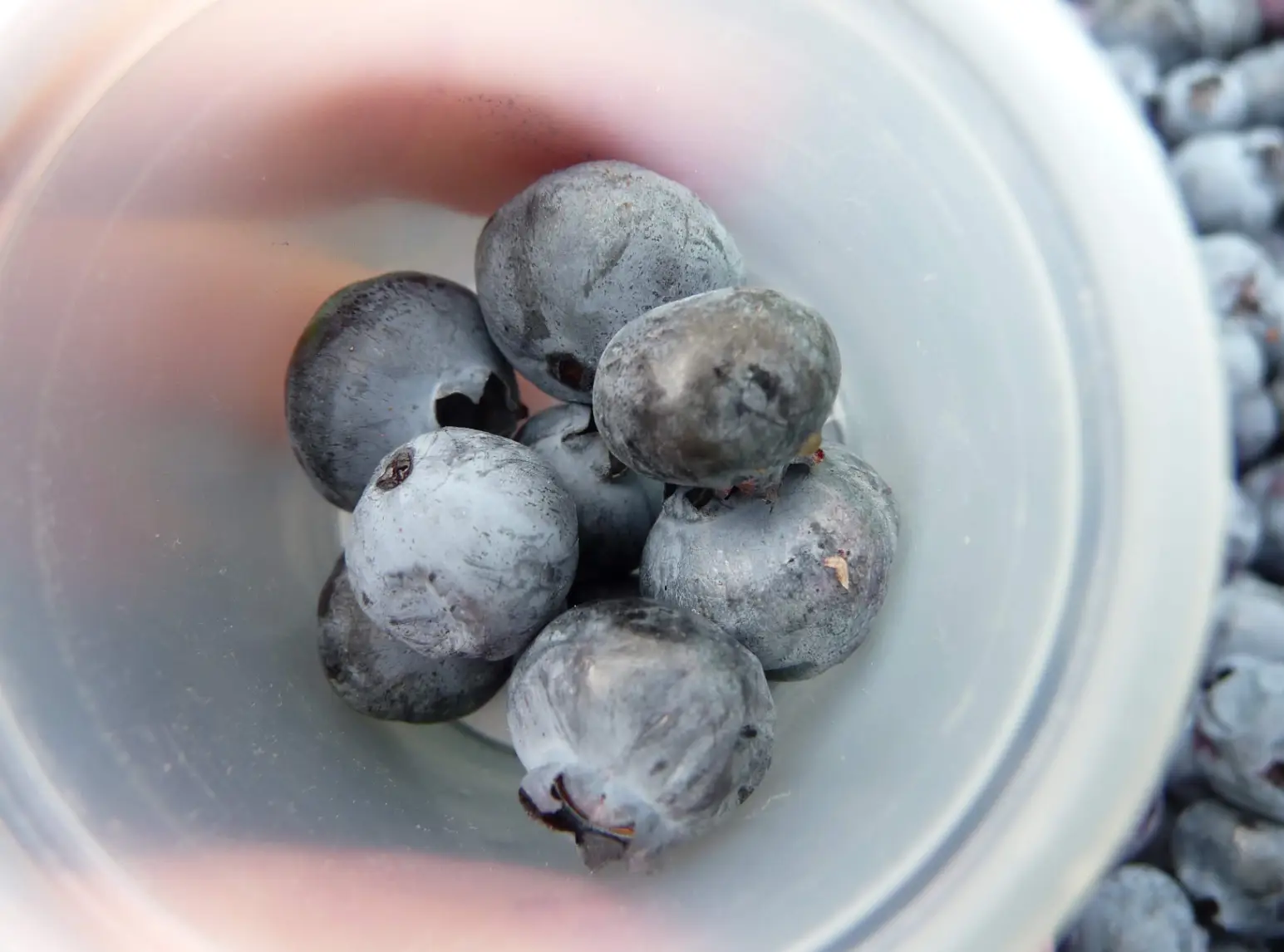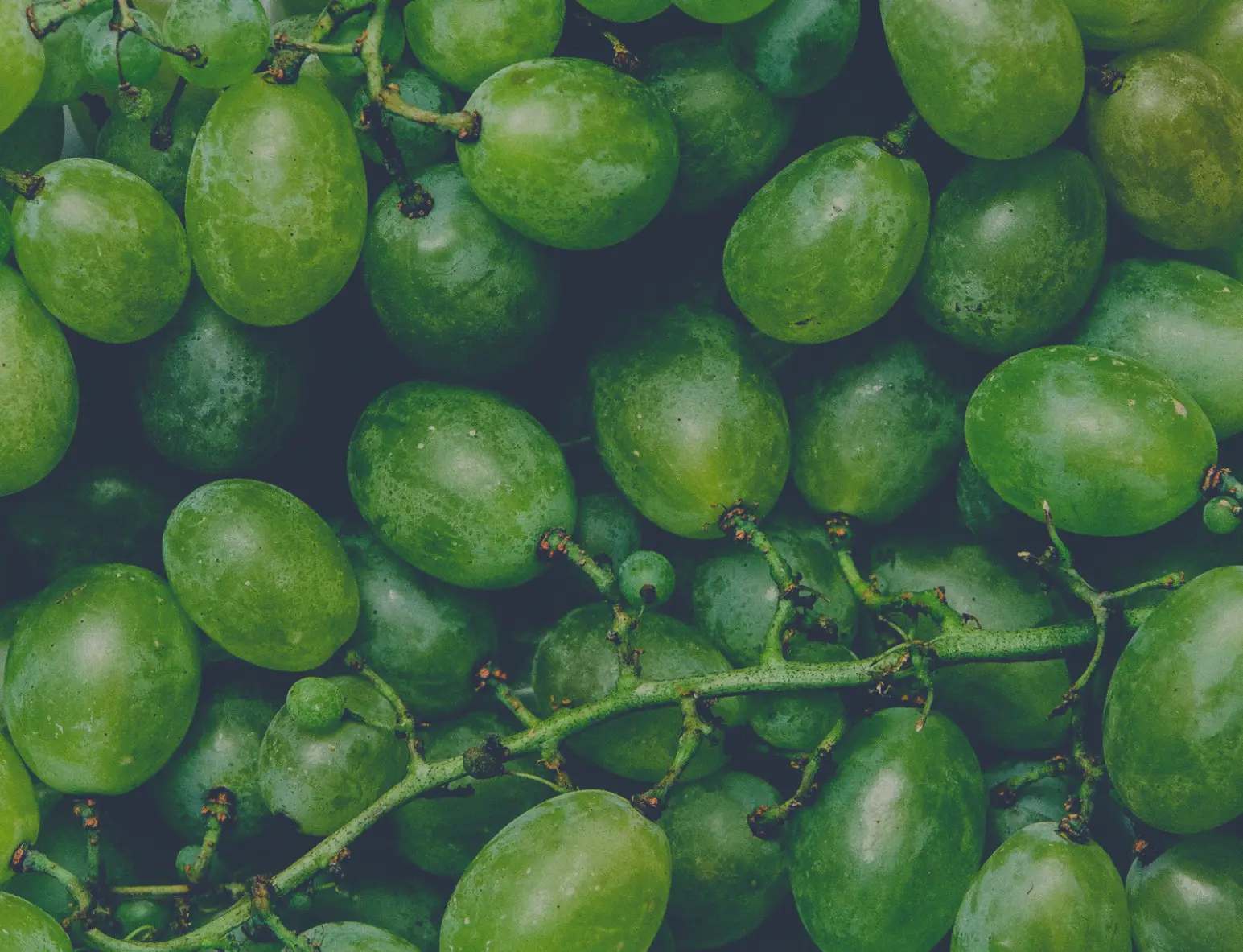In recent years, there has been an emergence of shock-like disease in previously BlShV-affected fields. The recurring disease has been observed for several years in Oregon and Washington, with disease incidence exceeding 50% in some cases.
Over the last decade, the use of High Throughput Sequencing (HTS) has become more widely used for plant virus detection primarily because of two important attributes lacking in current technologies: 1. The ability to provide information on virus population structure, including virus variants, of a plant in a single test; and 2. detect viruses and viroids that have no known laboratory test, also called novel viruses (Villamor et al., 2019).




